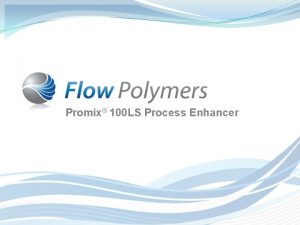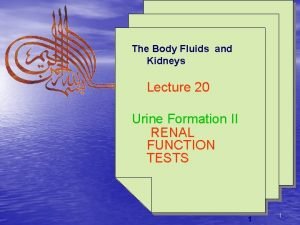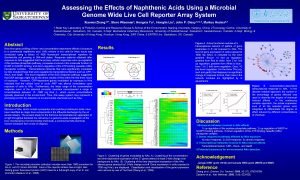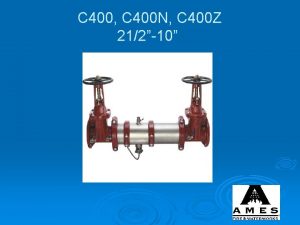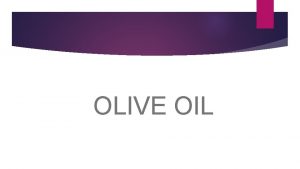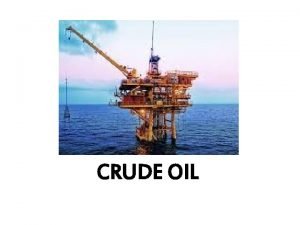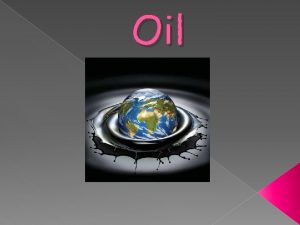Promix 400 with Naphthenic Oil for PAH Compliance














- Slides: 14

Promix® 400 with Naphthenic Oil for PAH Compliance

Study Objective and Contents • Study Objective: Illustrate the use of Promix® 400 in combination with Naphthenic Oil as a replacement for Aromatic oil in a synthetic/carbon black tread for PAH compliance • Contents: Synthetic/Carbon Black Tread FORMULATION Effect on PROCESSING Effect on CURE KINETICS Effect on CURED PROPERTIES Summary – Why use Promix® 400 for PAH compliance?

Promix® 400 for PAH Compliance Synthetic/Carbon Black Tread 3

FORMULATION – Synthetic/Carbon Black Tread Budene 1207 Emulsion SBR 1502 N 220 Zinc Oxide Stearic Acid Paraffin Wax Microcrystalline Wax 6 PPD Aromatic Oil Naphthenic oil Promix® 400 * Sulfur CBS Aromatic Oil Naphthenic Oil + Promix® 400 30 70 70 1. 75 2 0. 5 1 2 40 1. 5 30 70 70 1. 75 2 0. 5 1 2 - 38 or 36 - 3 or 6 1. 5 * 3 phr Promix per 2 phr replacement ratio used to help maintain modulus at control level 4

Promix® 400 for PAH Compliance Synthetic/Carbon Black Tread PROCESSING 5

PROCESSING – RPA 2000 Uncured G’ Lower uncured G’ is an indicator of increased extrusion rates. Using Promix® 400 with Naphthenic oil decreases compound uncured G’ making it more like the aromatic compound. Faster extrusion rates versus Naphthenic oil are expected. 6

PROCESSING – RPA 2000 Uncured Tan d Higher uncured tan d is an indicator of reduced extrusion die-swell. Using Promix® 400 with Naphthenic oil increases compound uncured tan-delta making it more like aromatic. Reduced die-swell compared to Napthenic oil is expected. 7

Promix® 400 for PAH Compliance Synthetic/Carbon Black Tread CURE KINETICS 8

CURE KINETICS – MDR 2000 Rheometer (150°C) Cure adjustments may be necessary when using Naphthenic oil may require accelerator package adjustments. 9

Promix® 400 for PAH Compliance Synthetic/Carbon Black Tread CURED PROPERTIES 10

CURED PROPERTIES – Tensile Improved Tensile and Elongation versus Napthenic oil alone. Improved cut and tear resistance versus Naphthenic oil is expected. 11

CURED PROPERTIES – RPA 2000 G’ (60 C) Using Promix® 400 with Naphthenic oil increases cured G’(60°C) making it more like the aromatic compound. Improved tire handling performance versus Naphthenic oil is expected. 12

CURED PROPERTIES – RPA 2000 Tan d (60 C) Using Promix® 400 with Naphthenic oil increases cured tan d (60°C) compared to Napthenic oil alone but not to the level of Aromatic oil. Improved tire rolling resistance versus aromatic oil is expected. 13

Why Promix® 400 for PAH Compliance? • Compared to Naphthenic Oil Alone, Promix® 400 Restores aromatic character Improves processing Improves tear strength Helps maintain tire handling performance (Traction and Handling) Provides lower tire rolling resistance than Aromatic Oil Provides flexibility to optimize the “aromaticity” of each compound

